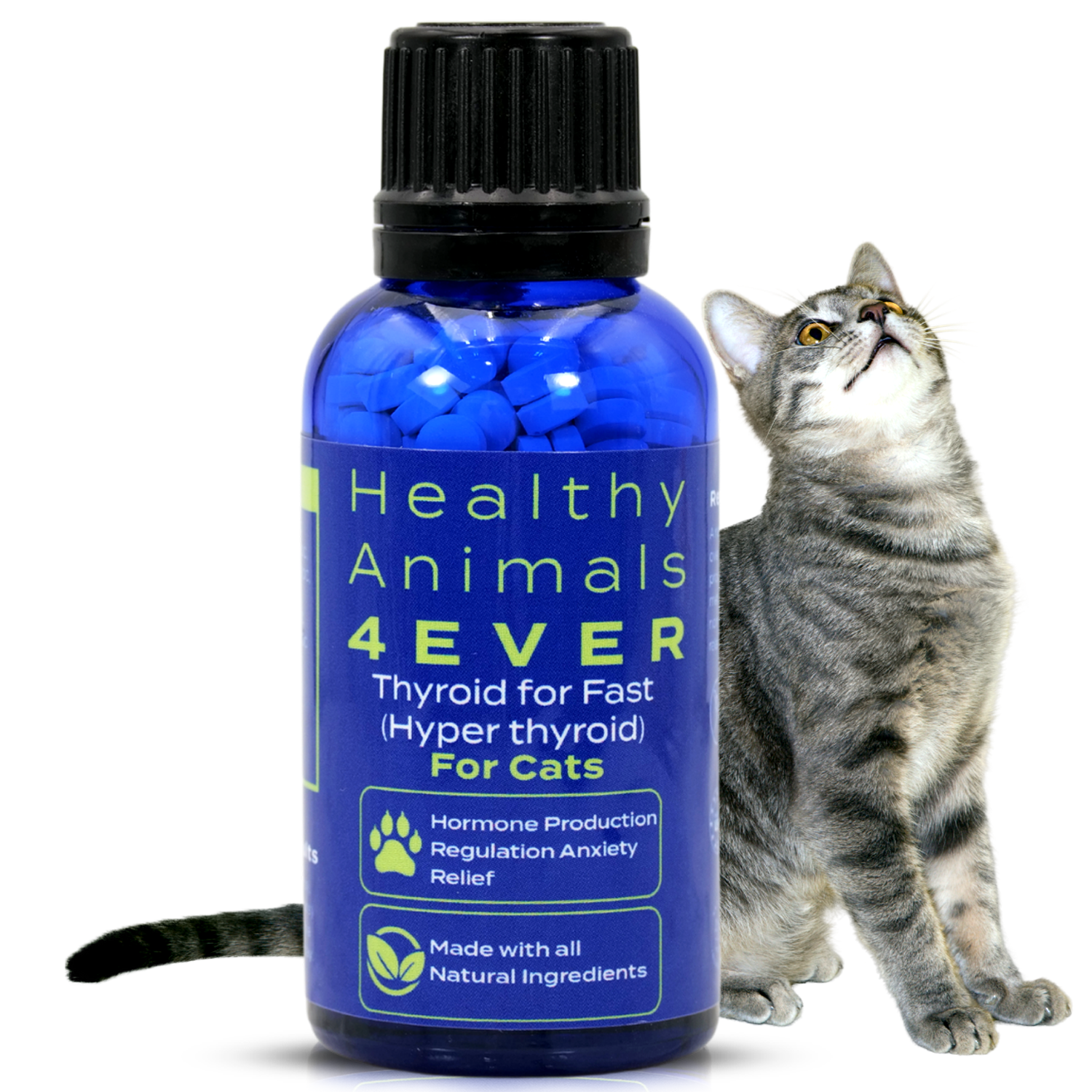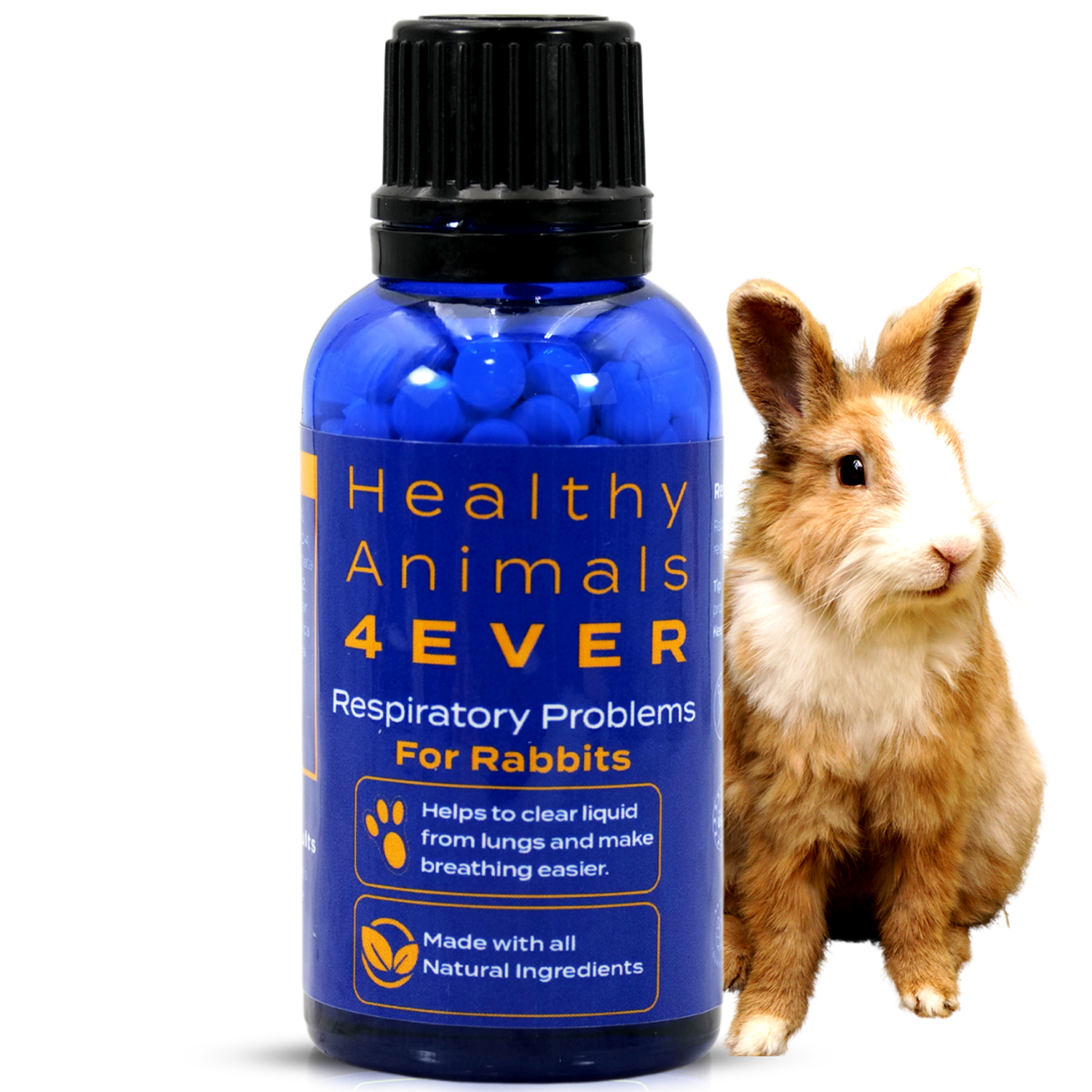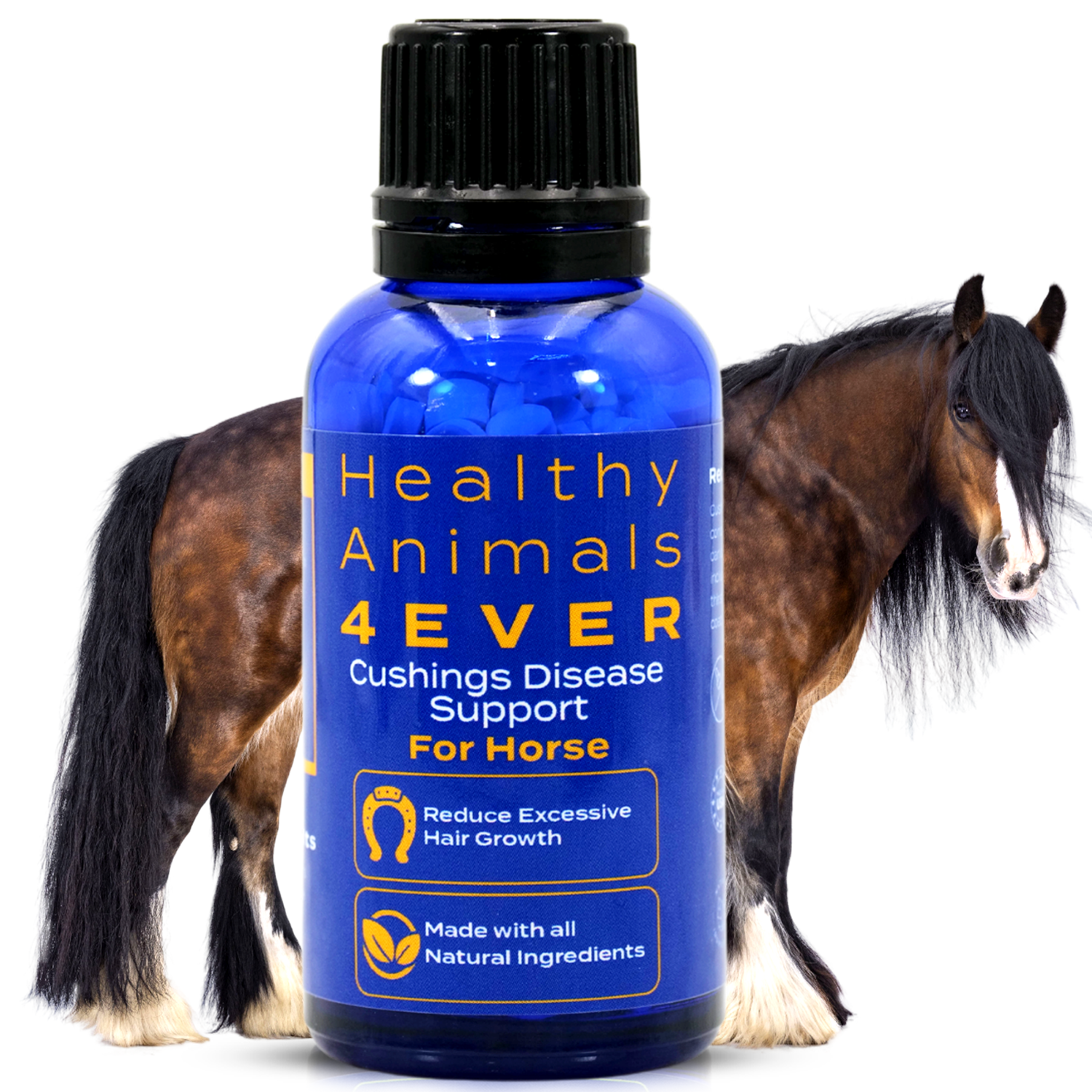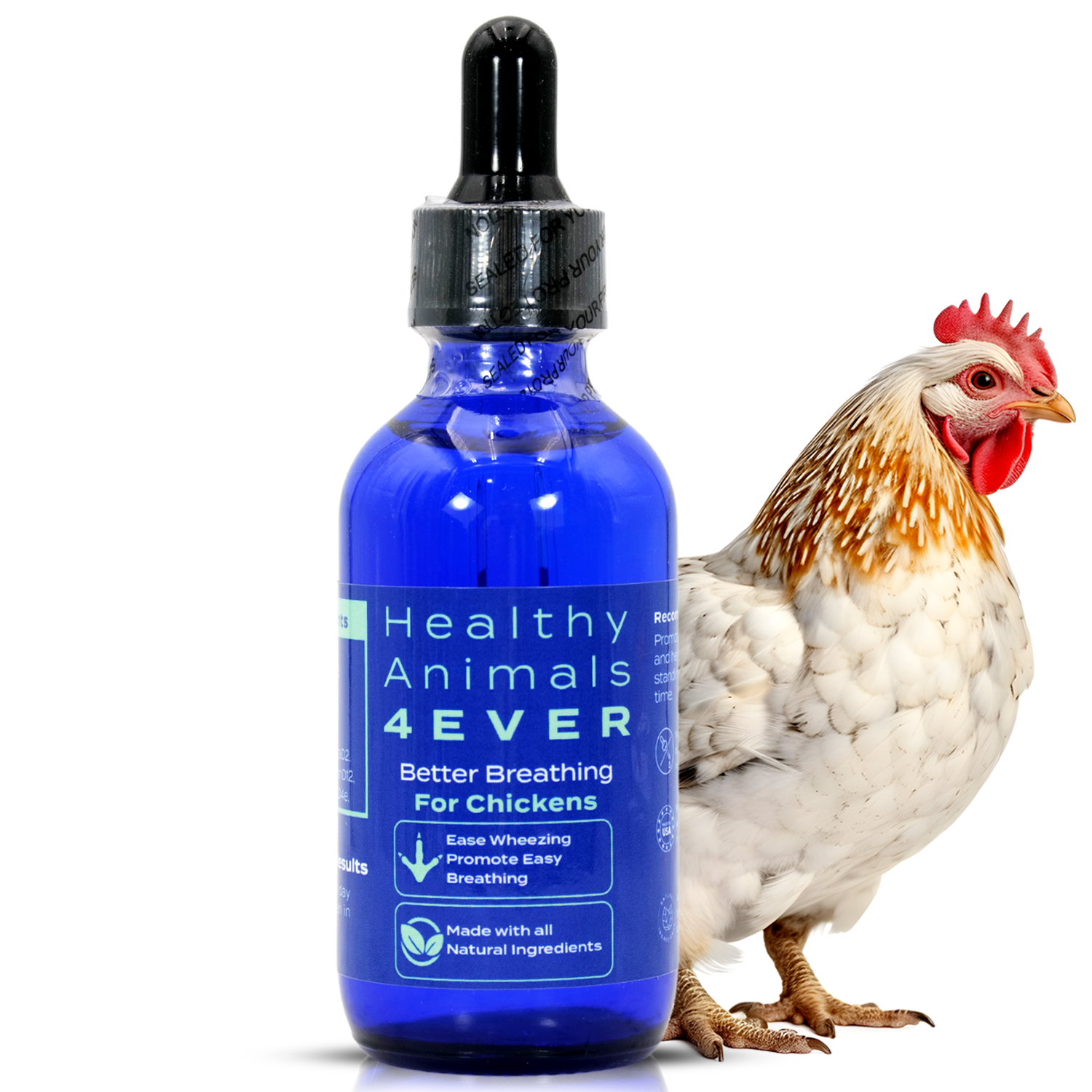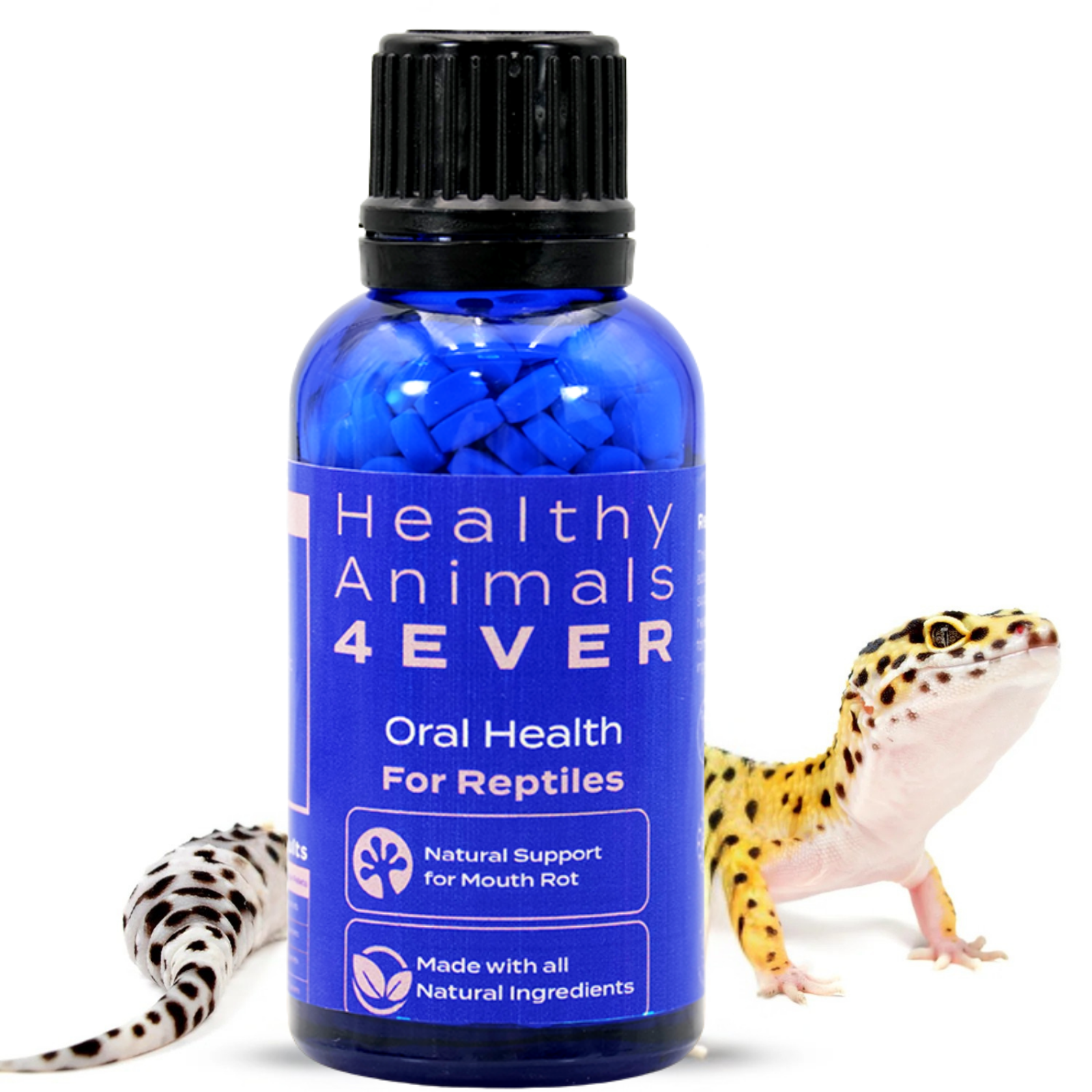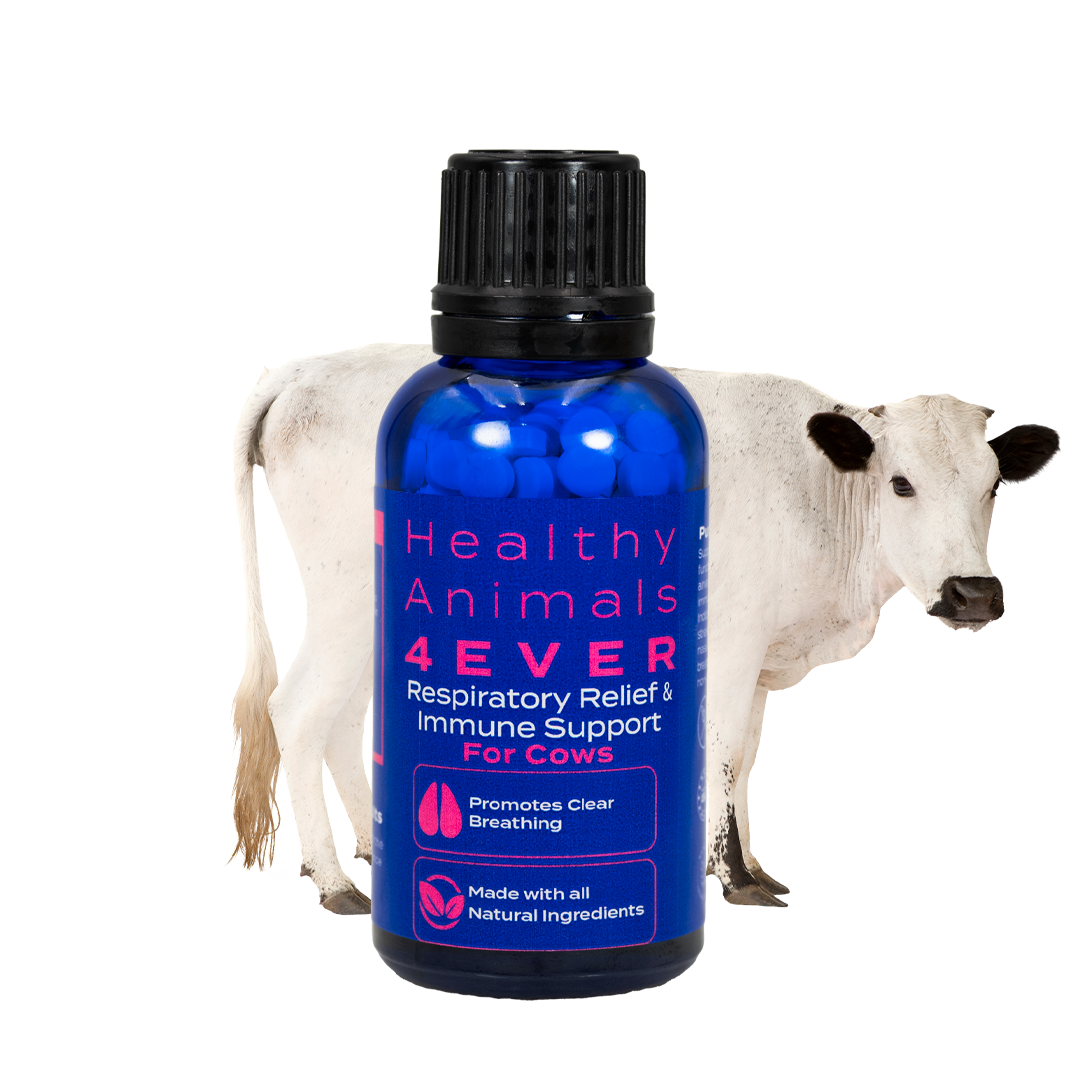Top Fall Pet Care Tips for Healthy Dogs and Cats
As fall has arrived, it brought cooler temperatures, shorter days, and a whole new set of challenges for pet owners. Whether you have a dog that loves to romp in the leaves or a cat that prefers to curl up by the window, creating a fall pet care routine for the season is essential. The change in weather can affect everything from your pet’s diet and grooming needs to their outdoor safety and comfort indoors.
Making a few simple adjustments ensures your pets stay healthy, happy, and cozy all season. This guide will walk you through some practical tips for preparing your dog or cat for fall so you both can enjoy the crisp, cool days.

Diet Adjustments
As the days get shorter and the temperatures drop, it's a good idea to tweak your pet's diet to keep them healthy and comfortable. Here's how to make the right changes for your dog or cat this fall.
Caloric Needs
When the weather gets cooler, your pet's body needs more energy to stay warm. This can mean they might benefit from slightly increasing their daily food intake. For dogs, especially those that spend more time outside, adding a little extra food can help maintain their weight. For cats, if they're more active chasing around falling leaves, a slight calorie boost is helpful.
Keep an eye on your pet's weight. If they start gaining too much, you should reduce the extra calories. If they're losing weight or seem hungry all the time, a little more food could be just right. If you need help with how much to adjust their food, your vet can provide personalized advice based on your pet's breed, age, and activity level.
Seasonal Foods and Supplements
Fall brings some tasty and healthy options that you can add to your pet’s meals. Incorporating these seasonal foods can provide extra nutrients and keep their meals interesting.
Pumpkin, for instance, is excellent for digestion and can help with both constipation and diarrhea. Sweet potatoes are packed with vitamins and fiber, making them a tasty treat for both dogs and cats. Apples, when cored and sliced, are a crunchy snack that pets often enjoy.
Adding Omega-3 fatty acids to their diet is also a good idea, as these supplements are excellent for keeping your pet's skin and coat healthy. You can find them in fish oils or special supplements made for pets. Probiotics are another great addition, especially if you're introducing new foods, as they can support your pet's digestion. When adding new foods or supplements, do it gradually to avoid upsetting your pet's stomach, and watch for any unusual reactions that might indicate allergies.
Hydration Tips
Even though it's cooler, your pet still needs plenty of water to stay hydrated. Sometimes, pets might drink less water in cooler weather, especially if they're eating more dry food. To ensure they stay hydrated, always ensure your pet has access to fresh, clean water. Changing their water bowl a few times a day can help keep it appealing. Adding wet food to their diet can also increase their water intake since it has more moisture than dry kibble.
If your pet is picky about drinking water, a pet water fountain might encourage them to drink more. If you notice any signs of dehydration like dry gums, lethargy, or sunken eyes, encourage them to drink more or consult your vet. In some cases, adding a little low-sodium chicken broth to their water can make it more enticing.
Making these diet adjustments can help your dog or cat stay healthy and comfortable as the weather changes. It’s always a good idea to consult with your veterinarian before making significant changes to your pet’s diet to ensure it’s the best choice for their specific needs.
Better Breathing Respiratory Support provides lung support for cats. Helpful in fighting the infection to stop coughing at its source. Useful in cases of asthma and other breathing difficulties. All-natural formula. Non-drowsy relief. Easy to use.
Grooming Tips
During fall, your pet's grooming needs will change, but with the right care, you can keep their coat and skin healthy and comfortable throughout the season.
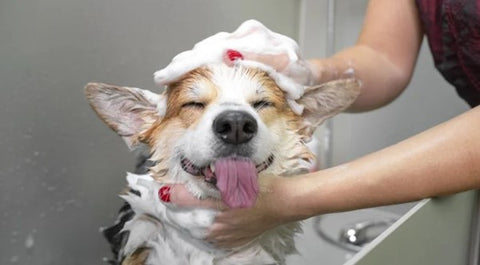
Coat Care
When fall arrives, many pets start shedding their summer coat to grow a thicker one for winter. Regular brushing during this time is important to manage shedding and prevent mats, especially in long-haired breeds.
Brushing helps remove loose fur and stimulates the skin, promoting a healthy coat. Aim to brush your pet a few times a week or even daily if they have a thick or long coat. This simple routine can help keep your home cleaner and your pet more comfortable.
Bathing Frequency
Fall is a good time to rethink your pet's bathing schedule. The colder, drier air can lead to dry skin, so you should bathe your pet less frequently to avoid stripping away its natural oils. When you do bathe them, choose a moisturizing shampoo designed for pets to help keep their skin hydrated. After a bath, ensure your pet is completely dry before going outside; damp fur in cool weather can make them cold quickly.
Paw and Skin Care
With the ground getting colder and wetter, paying attention to your pet's paws is essential. Wet or muddy conditions can lead to irritation or cracked paw pads. After walks, make sure to clean and dry your pet's paws thoroughly. You should also apply a pet-safe paw balm to keep their pads soft and prevent cracking.
Fall weather can also dry out your pet's skin, leading to itching and flakiness. If you notice your pet scratching more often, consider adding a fatty acid supplement to their diet or using a moisturizing spray designed for pets. This can help keep their skin in good condition as the air becomes drier.
Adjusting your pet's grooming routine in the fall can help them stay comfortable and healthy, ready to enjoy the cooler weather without any issues.
Dry or Wet Cough Provides natural support for chronic coughs and inflammation in dogs. Promotes healthy immune defenses. All-natural formula. Non-drowsy relief. Easy to use.
Outdoor Safety
As fall brings cooler weather, your pet's outdoor routine might need some adjustments. Whether it's gearing up for the cold or ensuring your yard is safe, a few small changes can help keep your pets comfortable and secure when outside.

Weather-Appropriate Gear
If your dog has a short coat or is sensitive to the cold, a sweater or jacket can make a big difference during walks. While some pets have thick coats that naturally keep them warm, others might benefit from an extra layer.
Make sure the clothing fits well; too tight can be uncomfortable, and too loose might not provide enough warmth. For pets who are out in the cold for longer periods, like during hiking or longer walks, consider using booties to protect their paws from cold, wet surfaces. Just remember to let your pet get used to wearing them indoors first.
Adjusting Walks and Playtime
As temperatures drop, it’s a good idea to adjust the length and frequency of your outdoor activities. Shorter, more frequent walks might be better than long outings, especially if your pet isn’t used to the cold.
Pay attention to how your pet reacts to the weather, if they’re shivering or seem uncomfortable, it’s probably time to head back inside. When playing outside, try to stick to dry areas and avoid wet or muddy ground that could be slippery and uncomfortable for your pet.
Safety in the Yard
Fall brings its own set of outdoor hazards, so it's important to keep your yard safe for your pet. While piles of leaves might seem fun, they can hide dangers like sharp sticks, insects, or even mold that could be harmful if ingested. Be sure to clean up regularly to prevent these risks.
Also, keep an eye out for standing water, which can attract mosquitoes or other pests, and make sure any plants that could be toxic to your pet are out of reach. Lastly, as days get shorter and it gets darker earlier, make sure your yard is well-lit if your pet spends time outside in the evening.
By making these adjustments, you can help ensure that your pet stays safe and comfortable while enjoying the outdoors during the fall season.
Dry or Wet Cough provides natural support for chronic coughs and inflammation in cats. Promotes healthy immune defenses. All-natural formula. Non-drowsy relief. Easy to use.
Indoor Environment Preparation
As the temperatures drop, your pet will likely spend more time indoors, making it important to create a warm and safe environment for them. A few small changes around your home can make a big difference in your pet's comfort during the fall.

Warm and Cozy Spaces
When it’s chilly outside, your pet will appreciate a warm, comfortable spot to curl up in. Make sure their bed is in a draft-free area away from windows and doors where cold air might sneak in.
Adding a blanket or two to their bed can provide extra warmth, especially for older pets or those with short fur. If your pet is particularly sensitive to the cold, consider getting a heated pet bed, which can offer consistent warmth without the risks of a space heater.
Avoiding Indoor Hazards
Fall brings its own set of indoor hazards, so it’s important to pet-proof your home for the season. With heaters, fireplaces, and candles being used more frequently, you’ll need to take extra precautions. Make sure space heaters are out of your pet’s reach and secured so they can’t be knocked over.
If you have a fireplace, use a sturdy screen to keep your pet from getting too close to the flames. And when using candles, place them in areas where your pet can’t accidentally tip them over.
Another thing to keep an eye on is any holiday decorations you might be putting up as the season progresses. Curious pets might try to chew on wires, tinsel, or plants, some of which can be toxic. Keep these items out of reach or use pet-friendly alternatives where possible.
These simple adjustments ensure your pet stays warm, safe, and happy indoors as the weather cools down.
Health Check-Ups
As the seasons change, it's a good time to check in on your pet's health. Fall brings its own challenges, so ensuring your pet is in good shape can help prevent any seasonal issues.

Seasonal Vet Visits
A visit to the vet in the fall can help catch potential health problems before they become serious. Your vet can assess your pet's overall health, ensure their vaccinations are up to date, and check for any issues that might be more common as the weather cools, like joint pain or skin dryness. It's also a good opportunity to discuss any changes you might have noticed in your pet's behavior or appetite.
Another important aspect to discuss with your vet is parasite prevention. Even though it's getting cooler, fleas, ticks, and other parasites can still be active in the fall. Your vet can recommend the best prevention methods to protect your pet during this time.
Monitoring for Seasonal Allergies
Pets can suffer from seasonal allergies. Fall allergens like mold, dust mites, and certain types of pollen can cause itching, sneezing, and other uncomfortable symptoms in your pet. Look for signs like excessive scratching, licking, or red, watery eyes. If you notice any of these symptoms, it's a good idea to talk to your vet.
They might suggest treatments or lifestyle changes to help manage your pet’s allergies, such as using air purifiers, regularly washing your pet’s bedding, or avoiding certain outdoor areas where allergens are more prevalent.
Monitoring your pet's health as the seasons change can help them stay comfortable and happy throughout the fall. Regular vet check-ups and being mindful of seasonal allergies will go a long way toward keeping your pet feeling its best.
Sneezing and Wheezing due to Allergy provides natural support for wheezing, breathing difficulties, cough, and fatigue in cats. Helps decrease allergy intensity and prevent lung damage. All-natural formula. Easy to use.
Homeopathy for Fall Issues
If you're interested in natural remedies, homeopathy can offer gentle options to help your pet with common fall-related issues. Homeopathic treatments use highly diluted substances to address symptoms.

Remedies for Seasonal Allergies
Fall allergens like mold, dust, and pollen can trigger pet allergies. Homeopathic remedies such as Allium cepa (made from onions) can help manage symptoms like sneezing and watery eyes.
Another option is Apis mellifica (derived from honeybees), which is often used for skin reactions like redness and itching caused by allergies. Arsenicum album is another remedy that might be useful if your pet experiences symptoms like runny nose or eyes along with anxiety.
Joint and Muscle Support
As the weather cools, some pets, especially older ones, may experience joint stiffness or arthritis flare-ups. Rhus Toxicodendron is a common homeopathic remedy that can help relieve joint pain, especially if your pet seems stiffer in the morning or after resting.
Ruta graveolens is another option that may help with general aches and pains, especially in the muscles and tendons.
Digestive Issues
Changes in diet, cooler weather, or the ingestion of fallen leaves and other outdoor debris can sometimes lead to digestive upsets in pets during the fall. Nux vomica is a popular homeopathic remedy that can be used for symptoms like vomiting or constipation, especially if your pet has overindulged or eaten something they shouldn’t have. Pulsatilla might be helpful if your pet has loose stools or a mild upset stomach, particularly if they seem clingy or out of sorts.
Anxiety and Stress
Fall often brings changes in routine, from shorter days to more time spent indoors, which can cause anxiety in some pets. Aconitum napellus is a homeopathic remedy that can be used for sudden anxiety or fear, particularly during storms or when there’s a sudden change in environment.
Gelsemium is another remedy that might help if your pet is experiencing nervousness or shyness during the seasonal transition.
Important Considerations
While homeopathy can be a gentle option for some pets, it’s crucial to remember that not all remedies work for every pet. Always start with a low dose and observe your pet closely for any changes. If symptoms persist or worsen, stop the treatment and consult your vet.
Sneezing and Wheezing due to Allergy provides Natural support for wheezing, breathing difficulties, cough, and fatigue in dogs. Helps decrease allergy intensity and prevent lung damage. All-natural formula. Easy to use.
The Bottom Line
Preparing your pet for the season is all about making thoughtful adjustments to their fall pet care routine. By tweaking their diet, staying on top of grooming, ensuring outdoor safety, and creating a cozy indoor environment, you can help your pet transition smoothly into cooler weather.
Regular health check-ups and considering natural remedies like homeopathy can also help keep your dog or cat comfortable and happy throughout the season. With a little extra attention, you and your pet can enjoy all the beauty and fun that fall offers, knowing they're well-cared for and ready for whatever the season brings.



